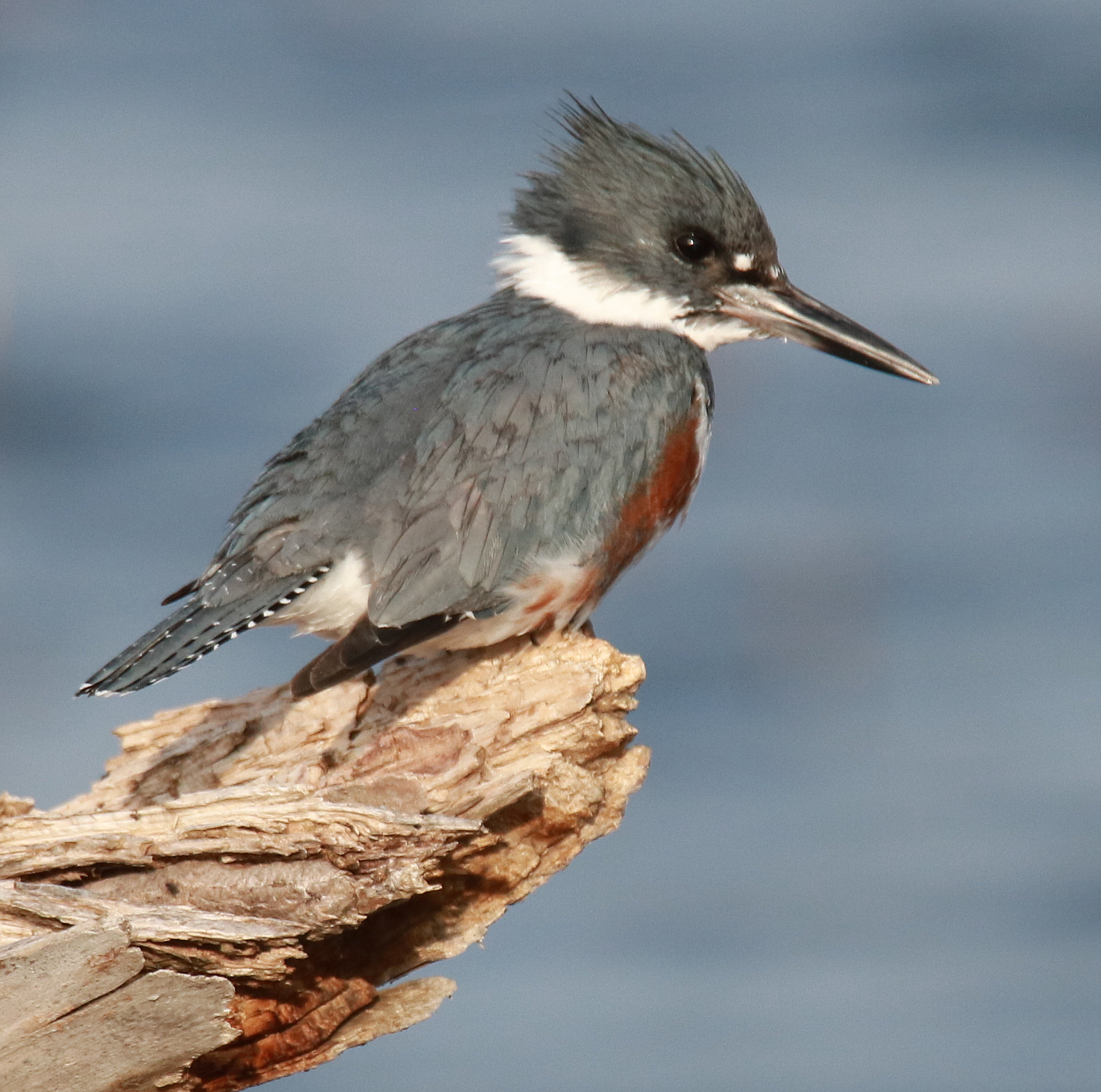‘Tis the season for Christmas bird counting

Michigan DNR and Audubon Great Lakes working together for conservationBy HOLLY VAUGHN
Michigan Department of Natural Resources
This holiday season tens of thousands of Americans will fan out across the country with one goal in mind: finding and counting as many species of birds as they can find.
These observations will add to a large data set going back 117 years to Dec. 25, 1900, when the Christmas Bird Count, known then as the Christmas Bird Census, was first established.
The Christmas count remains one of the most important citizen science datasets today, helping scientists understand population declines and range shifts in North American birds.
“From beginning birdwatchers to experts, participants in Christmas counts gather to identify and census birds within 15-mile diameter count circles,” said John Pepin, DNR deputy public information officer. “The Christmas counts are a great opportunity to learn more about the winter birdlife of a particular area, and for beginners to gain experience birding alongside experts. Some participants count for an hour or so, some birdwatch for the whole day, some count at their bird feeders at home.”
There are now more than 2,500 Christmas Bird Counts in the U.S., Canada, the Pacific Islands, the Caribbean, and Central and South America. Michigan alone has 75 count circles, stretching from the Keweenaw Peninsula in the north, to Monroe and Berrien counties in the south.
To find the nearest count circle, the National Audubon Society maintains an informative map. Clicking on a count circle on the map shows where and when the bird counting team meets, and who the count compiler is.
Christmas Bird Counts are open to the public, family-friendly and a great way to meet local birders.
“Year after year, my wife and I participate in Christmas Bird Counts. We’ve counted birds in Grand Traverse County, Macomb County and Oakland County over the years.” said Jeremy Joswick, a Macomb Audubon Society member. “We feel it is important to contribute to this citizen science project and are glad we can help.”
Joswick said one of the most memorable Christmas Bird Count experiences he and his wife had was in Grand Traverse County, very early in the morning, before the sun rose.
“We were standing on the side of Hoosier Valley Road, listening for owls, when a great horned owl began to hoot,” Joswick said. “It echoed in the quiet morning air – a really cool experience.”
The Christmas Bird Count is spearheaded by Audubon, a nonprofit organization with over 700 employees in the U.S.
The Michigan Department of Natural Resources shares an employee with Audubon out of its Great Lakes office in Chicago.
Michigan bird conservation coordinator Caleb Putnam oversees a communications program called MI Birds, which is focused on bridging gaps between the hunting and birding communities and increasing understanding of the value of public lands and the need for strong funding of conservation in Michigan.
MI Birds began about one year ago, with the formation of a steering committee consisting of a dozen partner organizations from game and non-game conservation organizations, including Ducks Unlimited, Ruffed Grouse Society, Pheasants Forever, National Wild Turkey Federation, The Nature Conservancy, Michigan Audubon, Detroit Audubon, Kalamazoo Nature Center, Michigan State University Extension and the U.S. Fish and Wildlife Service.
Together, the members of this group help to develop messaging communicated by MI Birds and determine audiences to send the messages to.
“In the beginning, we were just excited to assemble such a diverse and unique group,” Putnam said. “We made important conversations happen just by getting all of these conservation groups to the same table, and it’s something I haven’t seen before.”
Others agreed.
“Creating an environment of collaboration between birding and hunting groups is something we’ve been pushing for years, and this program has really made it happen,” said Audubon Great Lakes’ Director of Conservation Nat Miller.
Russ Mason, DNR Wildlife Division chief, said it’s been a long-term challenge of the agency to engage new user groups and begin to plan for declining hunter revenues for public-lands conservation.
“MI Birds is our first big attempt at leading discussions between all of these conservation-minded groups,” Mason said.
MI Birds’ biggest presence is online, on a Facebook page with over 4,000 followers. The page features real-time information about Michigan’s birds and their migrations, presented in a fun and engaging way for the public.
Putnam posts videos and hosts Facebook live feeds from a variety of public-lands areas. For example, one video produced earlier this year from the Murphy Lake State Game Area in Tuscola County showed Putnam investigating the nesting habitat of the Louisiana waterthrush, a state special concern songbird that lives there.
Putnam is also working to publicize the DNR’s important habitat work statewide. He is leading tours to key state game areas and other lands, engaging the public in a conversation with DNR biologists about the work being done, which species it benefits and how it is funded.
“Once non-consumptive users understand how nongame species benefit from primarily game-funded work, the light bulbs immediately go off,” Putnam said. “We have people asking how they can donate to the work before the tours even begin.”
By elevating these discussions statewide, MI Birds stands to engage new user groups and create a broader constituency for public-lands conservation in Michigan.
Christmas Bird Counts are one of many places members of the MI Birds groups could find common interest, fun and camaraderie, paving the way for greater understanding and cooperation in the future.
The gatherings are also places new participants might find future best friends, while pursuing their personal interest in birds, nature and conservation.
For more information on MI Birds, visit the MI Birds Facebook page.






